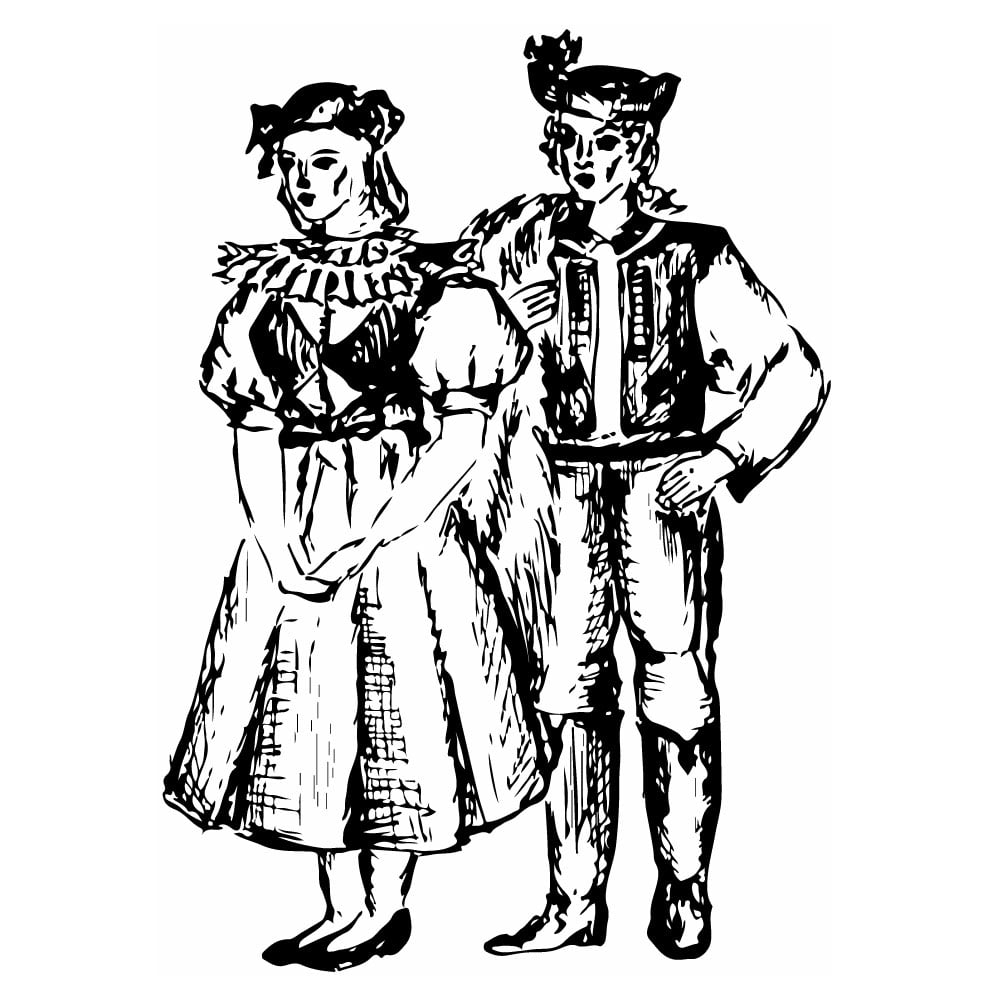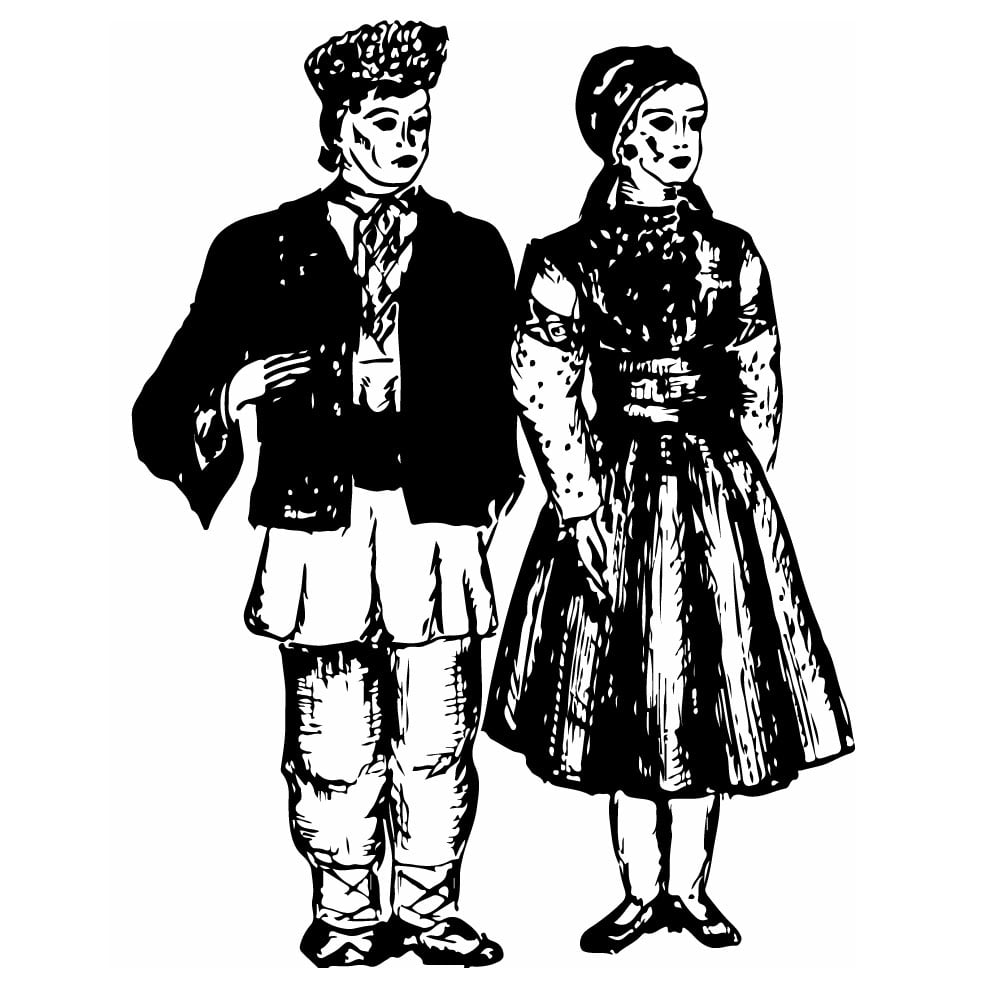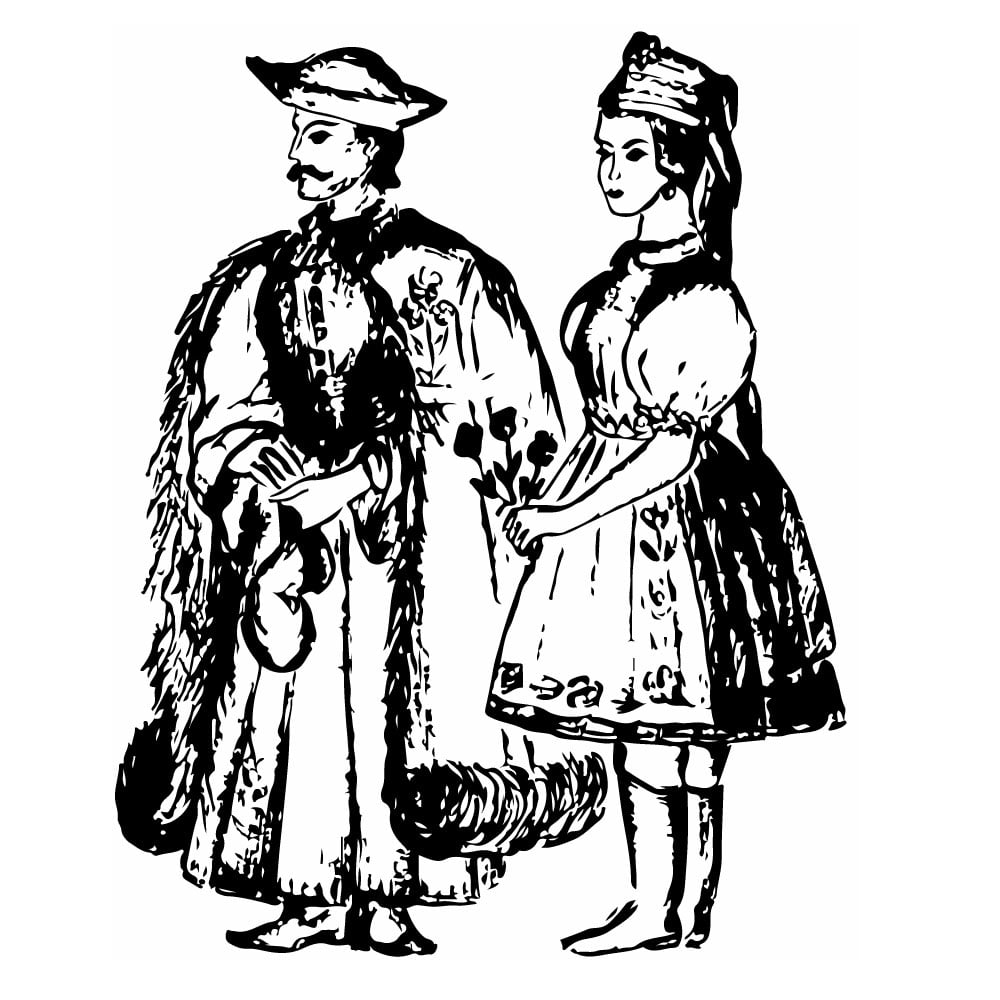Gypsies
| Population | 262,000 |
| Language group | Indo-Germanic |
| Language | Gypsy |
| Region | Northern part of Russia, Ukraine, Belarus, Moldova |
| Religion | Christianity/Gypsy beliefs |
*Population estimates for 1994
By their origin, the Gypsies are the descendants of North India migrants. They have self-designated themselves as “Teugan-Rom.” The Gypsy population in the CIS is 262,000 including 155,000 Gypsies living in Russia (mainly in its European part), 48,000 in Ukraine and the rest of them living in Moldova and other republics. The Gypsy language is connected with new-Indian languages, but it has more archaic forms. It is necessary to mention that in their everyday life the gypsies are bilingual; they speak their native language and the language of the people they live with.
In the European part of Russia, Gypsies appeared in different times: in Bessarabia during the fifteenth century, in Belarus during the sixteenth century, in Ukraine and South Russia during the seventeenth century, and in central and northern Russian regions in the eighteenth century.
According to their economy the Gypsies are divided in two groups: the nomadic and the settled. Before the October Revolution (1917), settled Gypsies lived primarily in towns. After the revolution, they turned to settled life in villages and started working in agriculture. Urban Gypsies merely engaged in manufacture and industry.
Cultural growth of the Gypsies influenced the formation of their intellectuals. At present day, there are many Gypsies who are engineers, doctors, actors, and managers.
Culturally Gypsies are close to those peoples with whom they live. Their houses and food are similar to the Ukrainian, Russian, and Moldavian. Only some peculiarities of rural Gypsies’ clothing still remain. Women wear wide bright skirts and kerchiefs while the men wear shirts unbuttoned on the chest. Both the men and women like metallic decorations. Urban Gypsies have lost such manner of dressing and are indistinguishable from the surrounding population.
Everyday life of the Gypsies, who have not turned to the settled life, completely differ from their previous life. Migrations of these Gypsies are only in the summer, but even then, they stay at the same place for a long time. Men are usually engaged in various trades, mainly blacksmith’s work. In the winter they rent houses where the women live with children while the men go to different places in order to earn money in industry.
The Gypsies of the CIS, who are considered to be Orthodox, have many traditions connected with Indian mythology. The Gypsy music that influenced many of the great composers are widely known. Gypsy orchestras, choirs, and dances were very popular in Russia. The “Romen” theater where best traditions of the Gypsies are being developed was rounded in 1930 in Moscow.
This is Ad 1




























